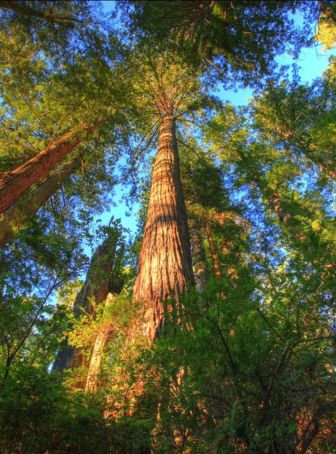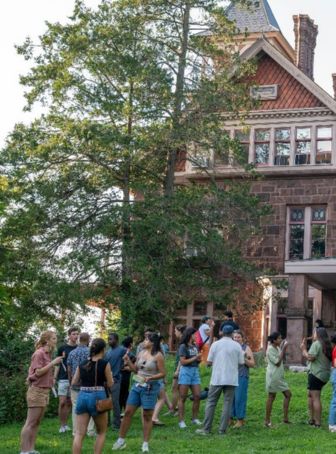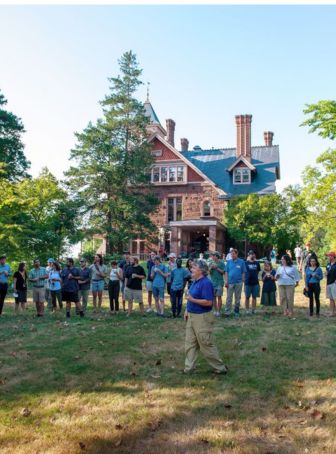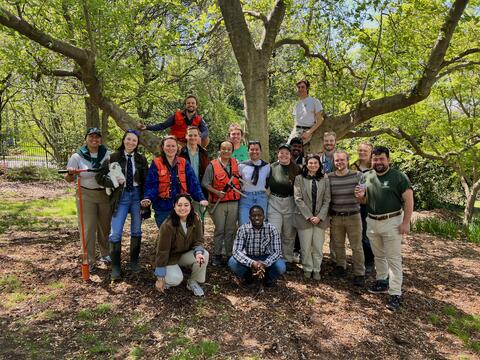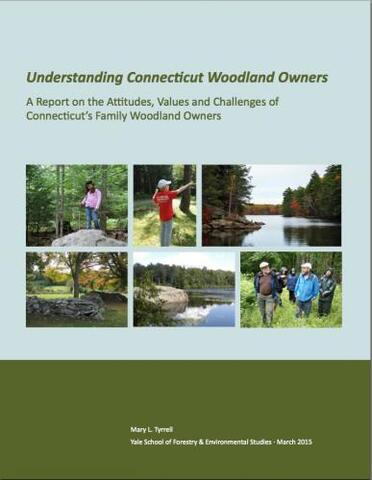
But the long-term health of those forests — and the important benefits they provide — is far from assured. About half of the 1.8 million acres of Connecticut woodland is owned by individual families, and the decisions those owners make when it comes to managing these lands will determine the size and vitality of the state’s forests for decades to come.
A new Yale-led study provides important new insights into the attitudes, objectives, and behaviors of these landowners, findings that will help conservation and forestry professionals to more strategically communicate with forest owners about stewardship and develop programs that meet their needs.
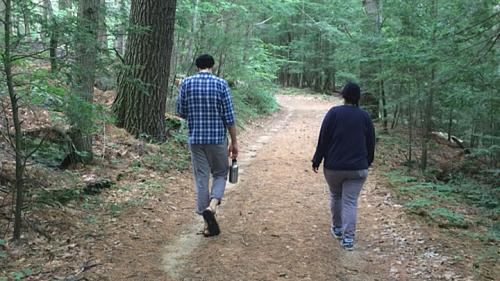
“This study confirms that we have a high level of conservation awareness and a strong conservation ethic here in Connecticut,” said Mary Tyrrell, executive director of the F&ES-based Yale Global Institute of Sustainable Forestry and author of the report.
However, a staggering number of respondents said they would consider selling their land under certain circumstances, meaning that vast amounts of Connecticut forest is vulnerable to development, fragmentation, and degradation, she said. Every acre that is developed not only costs the region precious forest resources and wildlife habitat, she said, but also increases the chances for encroachment by the invasive plants and insects that are causing significant damage to forests across the region.
“It is clearly in the best long-term interests of our state to support these landowners in a manner that encourages sustainable ‘best’ forestry practices and long-term protection of our woodlands.”
According to the report:
- The owners of Connecticut woodlands retain their land to enjoy its beauty and scenery — but also for reasons of privacy, protection of wildlife habitat, nature, and biodiversity.
- These landowners have a strong conservation ethic and are aware of the important ecosystem services provided by their land.
- Many express concern about keeping their forest intact as they grow older and the burdens of land management become more difficult.
- While these landowners cite vandalism, pollution, invasive plants, harmful insects, and disease as concerns, only 21 percent say they have received advice about caring for their property during the past five years.
The report also identifies a phenomenon state foresters have called the “silver tsunami,” or the sale of interior woodland for development by older landowners. About 85 percent of these owners are 50 years old or older.
Landowners say their biggest challenges are keeping their land intact for future generations; maintaining forest health; and knowing when and where to get valuable management advice and assistance.
“People look to the government as their preferred source of advice and support, and yet we have so few state service foresters who can work with them,” she said. “And this happens all over the country. Everybody wants landowners to take better care of their land and make good decisions. They’ll be based on their own objectives, of course, but you want them to make informed decisions.”
– Kevin Dennehy kevin.dennehy@yale.edu (link sends e-mail) 203 436-4842
Story courtesy of Yale School of Forestry and Environmental Studies News. Original story found here. (link is external)

